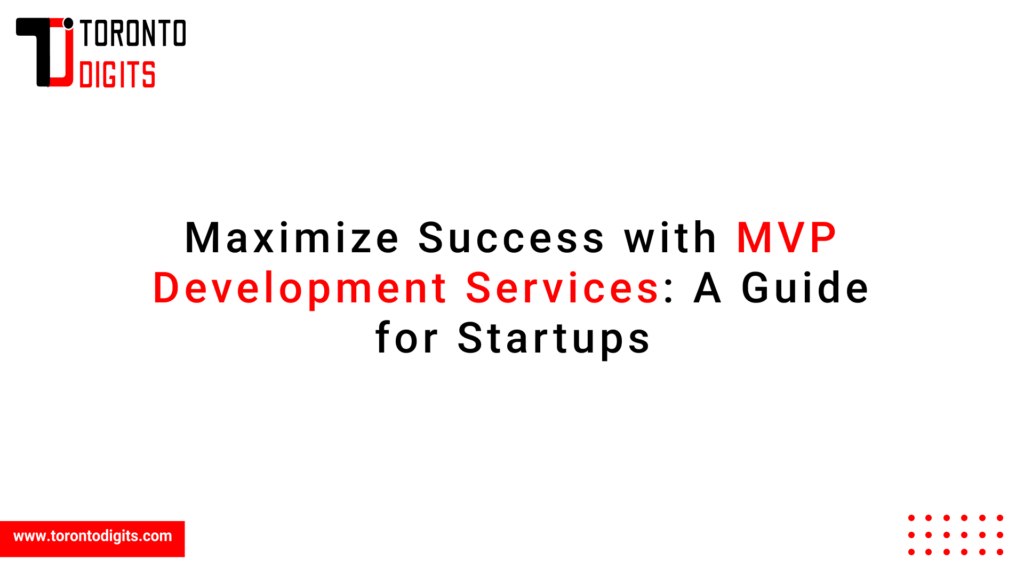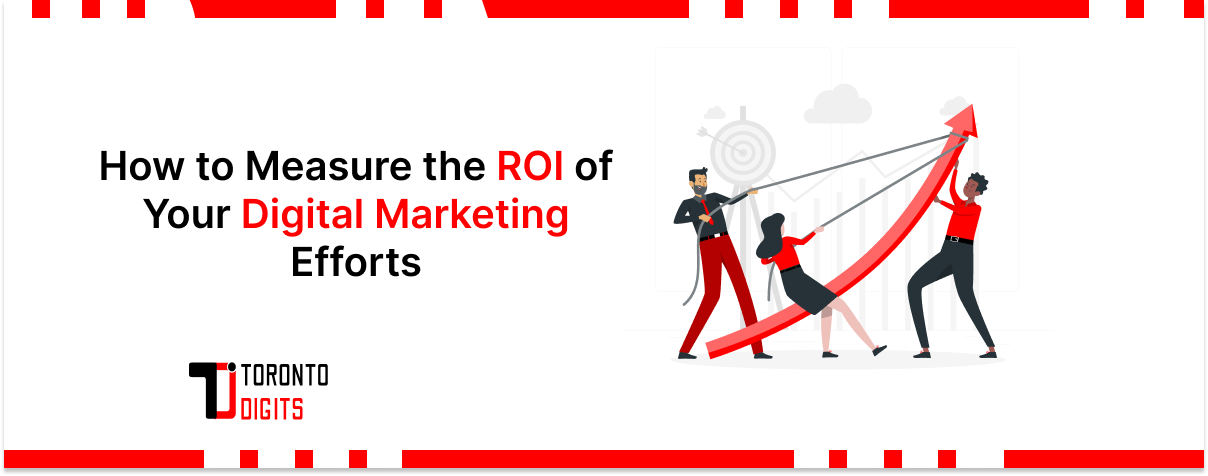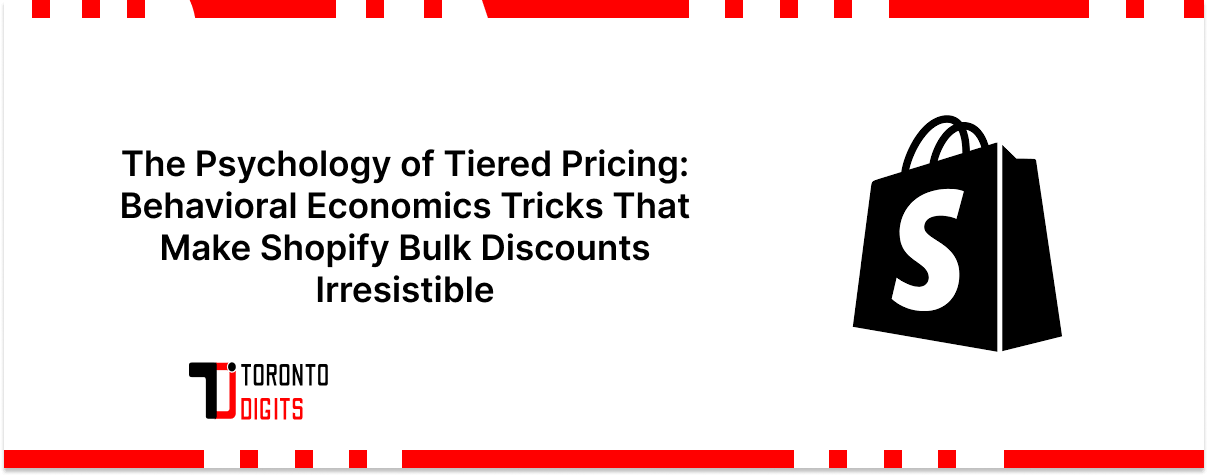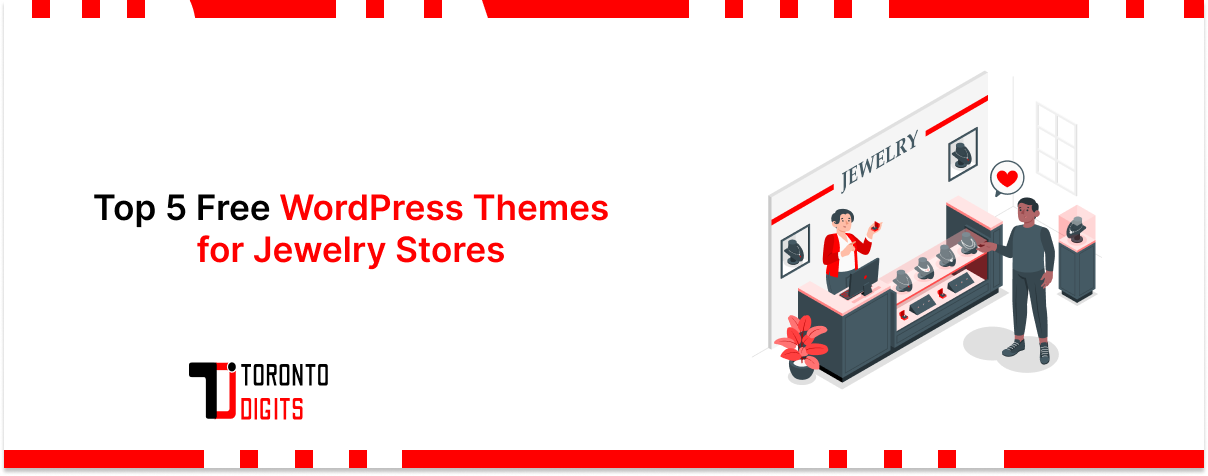In today’s fast-moving startup world, launching quickly and efficiently is crucial for success. Startups need to test their ideas in real-world markets, gather feedback, and adjust based on user needs. This is where MVP (Minimum Viable Product) development comes into play, offering an efficient way to launch a product that’s functional, cost-effective, and flexible. This guide explains how MVP development services can help startups maximize their success by quickly launching, testing, and refining products in a low-risk way.
What is an MVP?
An MVP, or Minimum Viable Product, is a simplified version of a product designed to solve a specific problem with only essential features. The goal is to get a product to market quickly, gather feedback from early users, and then make improvements based on what users want. Rather than developing a fully-featured product, startups launch an MVP to test their ideas in a real-world environment with minimal investment and maximum learning potential.
Why is MVP Development Important for Startups?
Launching a full-featured product straight away can be risky and costly. MVP development offers startups a lower-risk, cost-effective way to bring their ideas to life, allowing them to gain user feedback, streamline development, and prioritize essential features. Leveraging AI in MVP development can further optimize decision-making and feature prioritization during early stages. Additionally, using no-code for MVPs enables faster iterations without heavy development costs. Incorporating landing pages for MVP validation, applying smart SEO strategies for startup websites, and focusing on social media growth for MVPs can significantly boost early user engagement and traction.
Key Benefits of MVP Development for Startups:
- Reduced Risk: Avoid investing heavily in a product that may not resonate with the market.
- Early User Feedback: Direct feedback from early adopters helps identify user needs, adjust features, and refine functionality.
- Faster Time to Market: An MVP allows startups to quickly enter the market and build brand presence, staying ahead of competitors.
- Resource Optimization: By focusing on core features first, startups can allocate resources to priority areas and gradually expand the product based on user feedback.
- Cost Efficiency: Building an MVP can cut development costs by up to 50%, giving startups the flexibility to allocate their budget more strategically.
How does MVP Development Services Work?
MVP development services are designed to support startups in launching an initial, streamlined version of their product, focusing on core functionality and real-world usability. Here’s a closer look at how these services typically unfold:
1. Validating the Idea
The MVP team collaborates with the startup to ensure the product concept is solid. This phase includes research, analyzing competitors, and gathering initial feedback to confirm that the idea meets a real need in the market.
2. Defining Core Features
With clarity on the product’s purpose, the MVP team identifies the essential features necessary for a functional, valuable user experience. They prioritize core functions, keeping non-essential elements for later versions, which helps reduce development time and costs.
3. Design and Development
Focusing on simplicity and ease of use, the team builds the MVP, emphasizing performance and intuitive design. The goal is a polished, user-friendly experience that showcases the product’s unique value.
4. Launch and Testing
Once ready, the MVP is launched to a select audience. This targeted release is critical for gathering real-world performance data and user insights on functionality and usability.
5. Gathering Feedback and Iterating
User feedback is collected and analyzed to shape improvements. Whether it’s adding requested features, refining the design, or fixing bugs, the MVP is continuously updated to ensure it aligns with user needs and expectations. This iterative approach helps startups develop a viable product that resonates with their audience while allowing room for strategic, data-backed growth.
How MVP Development Boosts Startup Success?
Taking an MVP-first approach has become one of the smartest moves for startups aiming to make a lasting impact. Here’s how it can significantly improve their success:
- Improved Success Rates: Startups that build an MVP have a 30% higher likelihood of success in the market, allowing companies to test and refine their product early on, ensuring they address real customer needs.
- Quicker Market Entry: The Harvard Business Review highlights that using an MVP strategy can enable startups to launch 25% faster. This speed-to-market advantage allows them to refine their product based on real-world feedback and capture early market interest.
By embracing an MVP strategy, startups can set themselves up for sustainable growth, reducing risks and maximizing impact from day one.
MVP Development Process: Step-by-Step Guide
Launching a successful MVP (Minimum Viable Product) involves a clear, focused process to ensure your product meets user needs without being overly complex. Here’s a straightforward roadmap to follow:
1. Identify the Core Problem
Start by defining the main problem your product aims to solve and pinpointing who your target users are. This step is essential because it ensures your MVP will be designed to address real issues that matter to your audience. Think of this as setting the groundwork to create a product that will genuinely resonate with users.
2. Prioritize Core Features
Instead of including every possible feature, focus on the few core features that communicate your product’s value. These should tackle the most pressing needs of your users without cluttering the initial version. By keeping the features essential and straightforward, you avoid overcomplicating the MVP, allowing users to see its value right away.
3. Design with Users in Mind
A good user experience is key, especially for an MVP. Design a simple and intuitive interface that makes it easy for users to navigate and interact with core features. The goal here is to ensure that users can easily understand and use the MVP without getting frustrated by unnecessary complexity.
4. Develop and Test Rapidly
When you start building the MVP, use rapid prototyping techniques—focus on making it work well rather than look perfect. Testing at this stage is crucial. Release the MVP to a small group of users, then gather their feedback to see how it’s performing in real use. This way, you can quickly identify and fix issues.
5. Iterate Based on Feedback
The final step is to analyze the feedback from your early users and use it to refine the product. Each update should be aimed at improving the MVP based on what users need, enhancing the overall product experience. This cycle of feedback and improvement is essential for aligning the MVP closely with user expectations, paving the way for future versions.
By following these steps, you can create an MVP that not only meets user needs but also serves as a strong foundation for building a successful product.
Key Benefits of MVP Development Services
Launching a Minimum Viable Product (MVP) provides startups and businesses with an efficient way to test ideas, save costs, and gather user insights before fully committing to product development. Here are the key benefits of using MVP development services:
- Expertise and Guidance: MVP development teams are skilled in creating functional, user-friendly products, and understanding the technical, design, and strategic aspects needed for a successful launch.
- User-Centered Design: These services ensure the product is designed with the user in mind, increasing the chances of adoption.
- Reduced Development Time: Professionals streamline the process, helping startups build and launch their MVPs much faster than if they handled it internally.
- Future-Proofing: MVP development teams often build products in a way that makes it easy to add features later, allowing the MVP to grow with the startup.
Real-World Examples of Successful MVPs
Starting with a Minimum Viable Product (MVP) has helped many companies validate their ideas and grow into major brands. Launching with just the essential features, they gathered feedback and adapted based on user needs. Here are some real-world examples of successful MVPs:
1. Airbnb
Airbnb started as a simple website where people could rent out air mattresses in their homes. This MVP tested the concept of peer-to-peer rentals, which quickly gained traction and paved the way for Airbnb’s global success.
2. Dropbox
Dropbox launched with a demo video explaining the concept of cloud storage. By gauging interest with this video alone, they validated the idea and gained early adopters, allowing Dropbox to grow quickly without initially building the full product.
3. Buffer
Buffer began as a landing page explaining the product’s idea and gathering sign-ups. Feedback from these early users guided the development of the social media management tool, which gradually grew into the feature-rich platform we know today.
4. Spotify
Spotify’s MVP was a simple desktop app that allowed users to stream music with ads, testing user interest in music streaming. Positive feedback led to ongoing improvements, making Spotify a global leader in streaming.
5. Zappos
Zappos started by posting pictures of shoes online and personally fulfilling orders, testing if people would buy shoes online. The approach resonated, eventually leading to Zappos’ billion-dollar acquisition by Amazon.
These examples show how starting with a focused MVP lets businesses test ideas, gather feedback, and adapt, leading to scalable, successful products.
How to Maximize Success with MVP Development Services?
Successful MVPs have become game-changers in the startup ecosystem, showcasing how an effective Minimum Viable Product can pave the way for growth, user engagement, and market validation. Here’s how you can maximize success with MVP development services:
1. Choose the Right Development Partner
Find a development team experienced in MVP creation. With the right expertise and a portfolio of similar successful projects, a strong development partner can help you avoid common pitfalls and guide your product from concept to launch with confidence.
2. Focus on User Needs
An MVP that meets a real user need is more likely to gain traction. By identifying and addressing the core problem your audience faces, you not only create a valuable product but also increase the likelihood of receiving insightful feedback that drives improvement.
3. Iterate Based on Feedback
The first version of your MVP is just the beginning. Gather feedback after the initial launch, listen to users, and refine the product to better meet their needs. Adopting an agile mindset will help you continuously improve your offering and adapt to market changes.
4. Keep the MVP Simple
Simplicity is key. A straightforward MVP with core features allows users to understand its value quickly. Avoid feature bloat and prioritize usability; this approach helps users engage more fully with your product and gives you better insights into how it’s performing.
5. Measure Success Metrics
Define key performance indicators (KPIs) before launching the MVP to track its success. Analyze user engagement, feedback, and conversion rates to understand what’s working and where improvements are needed. By measuring these metrics, you can refine your strategy and make data-driven decisions.
By following these best practices, you can leverage MVP development services to set your startup up for long-term success, minimizing risk while maximizing potential impact in the market.
Final Thoughts
MVP development services provide startups with an efficient way to test ideas, gather user feedback, and minimize risks. By focusing on core functionality and real user needs, startups can increase their chances of success in a competitive landscape. If you’re ready to turn your idea into reality, consider the power of MVP development services as your first step toward a successful launch.




